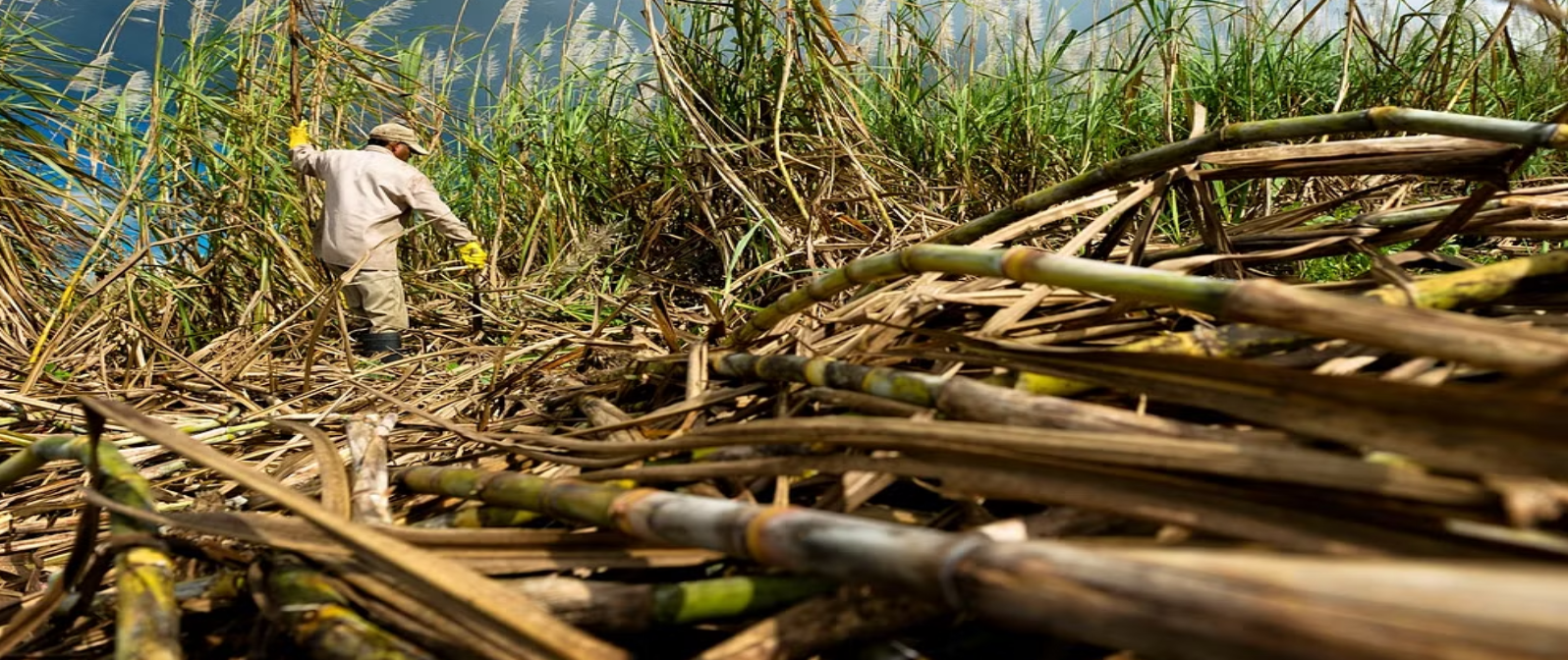Can ethanol sweeten prospects of India’s sugar industry?

Ethanol has been seen as an important renewable fuel worldwide for more than 40 years. Ethanol is mainly made from the fermentation of biomass such as sugarcane, sugar beet, and corn, and vehicles that use this as fuel produce net lesser emissions than conventional gasoline-run vehicles . This also helps in reducing the oil import bill and attaining a certain level of energy independence.
In India, ethanol is mainly produced from sugarcane molasses. In 2003, India took a pioneering step in introducing ethanol as an automotive fuel . However, there were a lot of challenges that hampered the adoption of ethanol, such as the requirement of high investments to set up distillation capacities to process ethanol, the non-inclusion of grains in the ethanol policy, and the limited availability of feedstock.
Three routes
The intention of bringing in the National Policy on Biofuels was to mainly address the issue of the mounting import bill of India. In FY2023, India had to import crude oil worth $162.2 billion . With a policy to blend ethanol in fuel, a significant percentage of crude imports will be substituted with domestically produced ethanol. As per the target set by the government, 20 per cent ethanol blending is to be achieved by 2025 (Revised from 2030) with 10 per cent blending already achieved.
There are primarily three routes to produce ethanol from sugarcane – the C-heavy route is the processing of ethanol from molasses that can no longer be used for sugar crystallisation. This was the only route allowed for ethanol production before the policy was enacted. The idea behind this rule was to negate any possibility of a shortfall in sugar production, which could have sent the price of the commodity upwards.

















